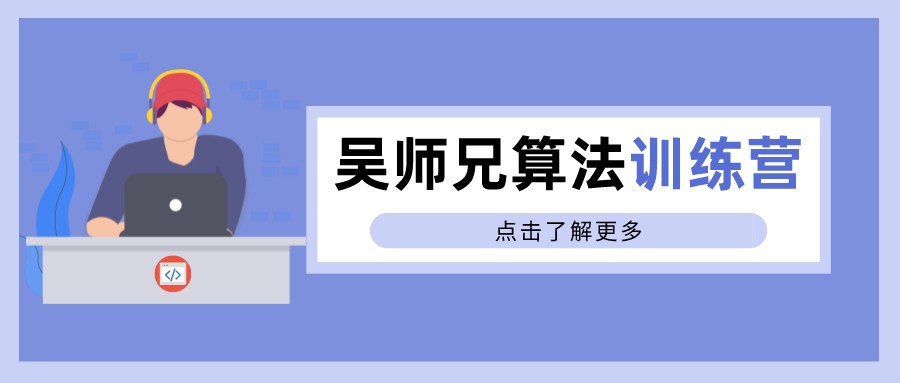我们或多或少都会经历过若干个面试,而每每问到 Spring 的时候都少不了IOC容器的影子,那么这个 IOC 容器是什么呢? 本篇文章就来了解一下 BeanFactory 和 FactoryBean
BeanFactory 是什么
BeanFactory 是用于Spring Bean 容器的根接口,它是 IOC 的基本容器,负责管理和加载 Bean,它为其他具体的IOC容器提供了最基本的规范,比如 DefaultListableBeanFactory 和 ConfigurableBeanFactory,BeanFactory 也提供了用于读取 XML 配置文件的实现,比如 XMLBeanFactory。
ApplicationContext 接口是 BeanFactory 的扩展,它除了具备 BeanFactory 接口所拥有的全部功能外,还有应用程序上下文的一层含义,主要包括
- 继承自 ListableBeanFactory 接口,可以访问 Bean 工厂上下文的组件
- 继承自 ResourceLoader 接口,以通用的方式加载文件资源
- 继承自 ApplicationContextPublisher 接口,拥有发布事件注册监听的能力
- 继承自 MessageSource 接口,解析消息支持国际化
它最主要的实现就是 ClassPathXmlApplicationContext,用来读取XML 配置文件,现在我们用的更多的是 ClassPathXmlApplicationContext 而不是 XMLBeanFactory 了。
BeanFactory 的基本使用
上面了解了一下 BeanFactory 的基本概念之后,下面来介绍一下 BeanFactory 的基本使用
新建一个Maven 项目,配置基本的 Spring 依赖,新建一个简单的测试Bean —> HelloBean
HelloBean.java
public class HelloBean {
private String message;
get and set...
public void printMsg(){
System.out.println("message = " + message);
}
}在 /resources 目录下新建一个 spring-beans.xml 配置文件,用来配置一下上面这个简单的bean
<?xml version="1.0" encoding="UTF-8"?>
<!DOCTYPE beans PUBLIC "-//SPRING//DTD BEAN//EN" "http://www.springframework.org/dtd/spring-beans.dtd" >
<beans>
<bean id="helloBean" class="com.factory.bean.HelloBean">
<property name="message">
<value>Hello Beans</value>
</property>
</bean>
</beans>新建一个测试类测试一下这个demo
public class FactoryBeanApplicationTests {
public static void main(String[] args) {
// BeanFactory beanFactory = new XmlBeanFactory(new FileSystemResource("/Users/mr.l/test/spring-beans.xml"));
ApplicationContext beanFactory = new ClassPathXmlApplicationContext("spring-beans.xml");
HelloBean helloBean = (HelloBean) beanFactory.getBean("helloBean");
helloBean.printMsg();
}
}一些其他的表现形式:
Resource resource = new FileSystemResource("spring-beans.xml");
BeanFactory factory = new XmlBeanFactory(resource);
ApplicationContext context = new ClassPathXmlApplicationContext(new String[] {"applicationContext.xml", "applicationContext-part2.xml"});
BeanFactory factory = (BeanFactory) context;现在更多的采用 ClassPathXmlApplicationContext 路径上下文读取XML配置文件,XmlBeanFactory 已经被废弃。
FactoryBean 是什么
FactoryBean 是一个接口,它本身就是一个对象工厂,如果bean 实现了这个接口,它被用作公开的对象工厂,而不是作为直接将bean暴露的实例。该接口在框架内部大量使用,例如 AOP ProxyFactoryBean 或者 JndiObjectFactoryBean。 也能自定义组件;然而,这仅适用于基础框架代码。FactoryBeans 支持单例或多例,并且可以根据需要懒加载创建对象,也可以在启动时 急切创建对象
我们先来看一下FactoryBean 的基本接口表示
public interface FactoryBean<T> {
@Nullable
T getObject() throws Exception;
@Nullable
Class<?> getObjectType();
default boolean isSingleton() {
return true;
}
}接口很简单,只有三个方法,我们来讨论一下上面几个方法分别代表了什么意思:
getObject: 返回一个工厂生产出来的对象,这个对象将要使用在Spring IOC 容器中getObjectType: 顾名思义就是返回工厂生产出来对象的类型isSingleton: 表示生产出来的对象是否是单例的
FactoryBean 的基本使用
下面我们来用一个简单的示例演示一下 FactoryBean 的用法
- 先构建一个普通的pojo类,只有一个简单的属性
public class Tool {
private int id;
public Tool(int id){
this.id = id;
}
get and set...
}- 构建一个 ToolFactory 类,实现了 FactoryBean 接口,用于生产 Tool 的对象
public class ToolFactory implements FactoryBean<Tool> {
private int factoryId;
private int toolId;
@Override
public Tool getObject() throws Exception {
return new Tool(toolId);
}
@Override
public Class<?> getObjectType() {
return Tool.class;
}
@Override
public boolean isSingleton() {
return false;
}
get and set...
}- 在 /resources 目录下新建一个
factorybean-spring.xml,用于给 ToolFactory 赋值
<beans>
<bean id="tool" class="com.factory.bean.util.ToolFactory">
<property name="factoryId" value="9090" />
<property name="toolId" value="1"/>
</bean>
</beans>- 新建一个测试类
FactoryXmlTest测试 FactoryBean 生产的实例
@RunWith(SpringJUnit4ClassRunner.class)
@ContextConfiguration(locations = "classpath:factorybean-spring.xml")
public class FactoryXmlTest {
// 使用 & 读取xml 中的配置值
@Resource(name = "&tool")
private ToolFactory toolFactory;
@Test
public void testFactory(){
System.out.println(toolFactory.getFactoryId());
System.out.println(toolFactory.getObjectType());
System.out.println(toolFactory.getToolId());
}
}输出:
9090
class com.factory.bean.pojo.Tool
1





